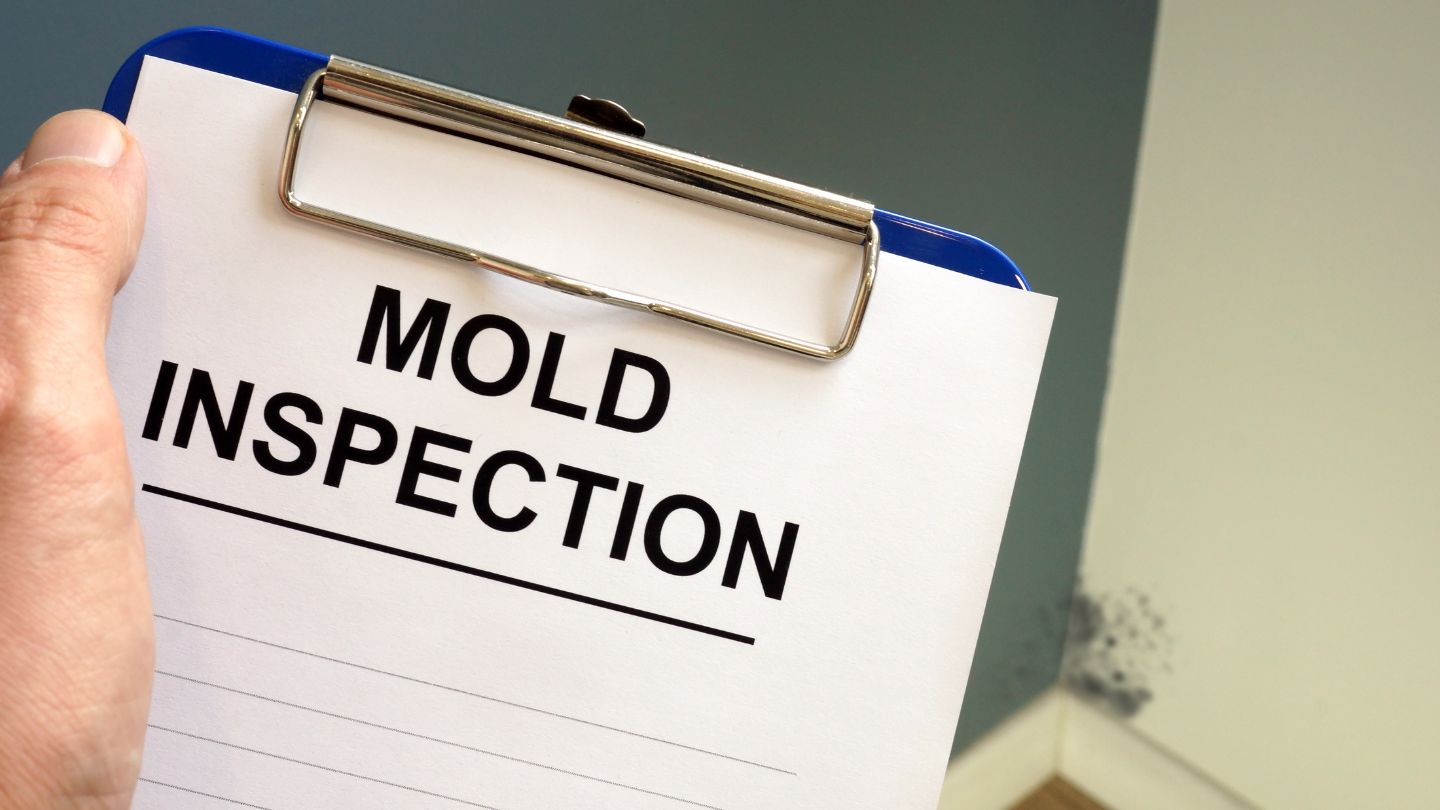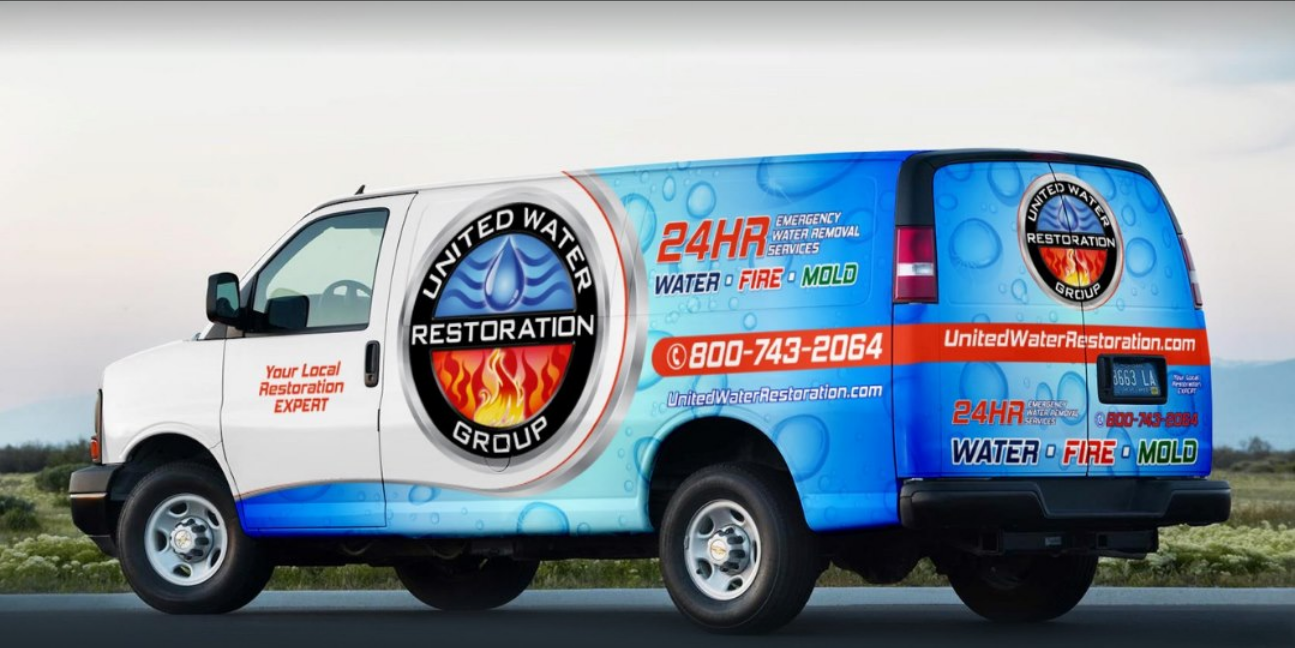In the quest for a cozy and aesthetically pleasing home, carpets play a pivotal role in adding warmth and comfort. However, the very nature of carpets—fibrous and absorbent—can also make them susceptible to an unwelcome guest: carpet mold.
The question then arises: Can carpets truly harbor mold growth? The answer is yes, and understanding the conditions that lead to mold in carpets, along with strategies for prevention, detection, and removal, is essential for maintaining a healthy living environment.
The Reality of Mold Growth in Carpets
Mold spores are omnipresent, floating in the air both outdoors and indoors. When these spores land on a damp or wet surface, they find the perfect conditions to grow and multiply. Carpets, especially those in humid environments or those that have experienced water damage, can easily become the perfect breeding ground for mold.
What Causes Carpet Mold?
Understanding the factors that contribute to mold growth in carpets is crucial for effective prevention and remediation. Here are the primary conditions that facilitate mold presence in carpeting:
Moisture: The Primary Catalyst
Moisture is undoubtedly the most significant factor in mold development in carpets. Various sources can introduce moisture into carpet fibers:
- Spills and Leaks: Accidental spills or leaks from plumbing can saturate carpets, providing the moisture mold needs to grow.
- High Humidity: In areas with high humidity, the air itself can be a moisture source. Without adequate dehumidification, moisture from the air can settle into carpets.
- Inadequate Drying: Carpets that are not thoroughly dried after cleaning, flooding, or spills can remain damp enough to support mold growth.
Organic Material: A Food Source for Mold
Carpets, depending on their material, can directly provide the organic matter mold needs to thrive:
- Natural Fibers: Carpets made from natural materials like wool are inherently organic and can directly feed mold.
- Synthetic Fibers: While synthetic carpets aren’t organic, they can trap organic debris, such as skin cells, food particles, and dust, creating a layer of material on which mold can feed.
Lack of Ventilation: Creating a Mold-Friendly Environment
Proper air circulation is essential for keeping carpets dry and preventing mold. Poor ventilation can lead to:
- Stagnant Air: Without movement, moist air doesn’t circulate out of the room, allowing humidity to build and saturate carpets.
- Increased Humidity: Areas with poor ventilation often have higher relative humidity, compounding moisture problems and making mold growth more likely.
Detecting Mold in Carpets
Identifying mold growth in carpets can be challenging, especially since mold can grow beneath the surface where it’s not immediately visible. Here are signs to watch for:
- Musty Odors: A persistent musty smell is a telltale sign of mold.
- Visible Growth: While not always visible, mold can appear as discolored patches on the carpet’s surface.
- Allergic Reactions: Unexplained allergic reactions or respiratory issues when in the room may indicate the presence of mold spores.
Is Carpet Mold Bad for Your Health?
The health implications of carpet mold can be significant, particularly for individuals with mold allergies, asthma, or compromised immune systems. Exposure to mold can lead to respiratory issues, skin irritation, and more severe allergic reactions. Therefore, addressing carpet mold promptly is crucial for maintaining indoor air quality and protecting the health of household members.

Remediation and Prevention Strategies
What Kills Mold in Carpet?
For minor mold issues, a solution of white vinegar or a mixture of water and detergent can kill mold on the carpet’s surface. However, these solutions may not penetrate deeply enough to eradicate all mold, especially in thicker carpets or padding.
Can Moldy Carpet Be Saved?
In cases of extensive mold growth, especially when mold has reached the carpet padding, saving the carpet becomes more challenging. Professional mold remediation services are often required to assess the damage and determine if the carpet can be thoroughly cleaned or should be replaced.
Preventing Carpet Mold
Implementing preventative measures is essential to keep carpets mold-free. Here are strategies to minimize the risk of mold growth in carpets:
Control Humidity: The First Line of Defense
Maintaining a dry environment is key to preventing mold:
- Dehumidifiers: These devices can significantly reduce indoor humidity levels, especially in naturally damp areas like basements.
- Ventilation: Ensuring good airflow can help remove moist air from carpeted rooms, preventing it from settling into the fibers.
Promptly Address Spills: Preventing Moisture Accumulation
Immediate action is crucial when dealing with spills:
- Quick Cleanup: Absorbing and drying spills as soon as they occur prevents moisture from seeping deep into carpet fibers.
- Professional Help: For large spills or flooding, professional cleaning services can ensure carpets are thoroughly dried, reducing the risk of mold.
Regular Cleaning: Removing Mold’s Food Source
Keeping carpets clean reduces the organic debris mold needs to grow:
- Vacuuming: Regular vacuuming removes surface dirt and debris that could feed mold.
- Professional Cleaning: Periodic deep cleaning by professionals can extract embedded organic matter from carpets, further reducing mold risk.

Professional Mold Remediation Services
When faced with extensive mold issues in carpets, or when do-it-yourself (DIY) methods prove insufficient for controlling the problem, turning to professional mold remediation services becomes not just an option, but a necessity. Mold, especially when deeply embedded in carpet fibers or when it has spread to large areas, requires a level of expertise and equipment that only professionals can provide.
The Expertise of Remediation Professionals
Companies like United Water Restoration Group bring a wealth of knowledge and specialized tools to the table. Their experts are trained in identifying all types of mold, understanding its growth patterns, and knowing the most effective methods for removal. This expertise is crucial for ensuring that mold is not only removed from the surface but also eradicated from deeper within the carpet and the subflooring where it can often reside unseen.
Comprehensive Carpet Mold Remediation Process
Professional mold remediation involves several key steps:
- Assessment: A thorough examination of the affected area to determine the extent of the mold infestation and the source of moisture that allowed it to flourish.
- Containment: Implementing measures to prevent the spread of mold spores during the removal process, protecting the rest of your home from contamination.
- Removal: Utilizing advanced techniques and equipment to safely and effectively remove mold from carpets, padding, and any other affected materials.
- Moisture Control: Addressing the underlying moisture issues that led to mold growth, which may include repairing leaks, improving ventilation, or installing dehumidifiers.
- Restoration: In cases where carpets or other materials have been significantly damaged, professionals can guide homeowners through the restoration or replacement process, ensuring that the home returns to a safe, mold-free state.
Ensuring Your Home Is Free of Carpet Mold
The goal of professional mold remediation extends beyond merely removing visible mold; it aims to restore the health of your home environment. By addressing both the mold and its root cause, professionals ensure that your carpets and home remain mold-free in the long term. This comprehensive approach provides peace of mind, knowing that the mold has been dealt with thoroughly and effectively.
For homeowners grappling with mold in their carpets, enlisting the help of professionals like those at United Water Restoration Group can make all the difference. Their expertise in mold remediation offers a reliable path to reclaiming a healthy, mold-free living space.

Mold in Your Carpet? Call The Carpet Mold Remediation Experts
While carpets can indeed grow mold, understanding the causes and signs of mold growth, along with implementing effective prevention and remediation strategies, can help you maintain a healthy, mold-free home. If you suspect mold in your carpet, taking prompt action and consulting with mold remediation professionals can safeguard your home’s air quality and your family’s health.
For expert assistance with carpet mold, visit United Water Restoration Group.





